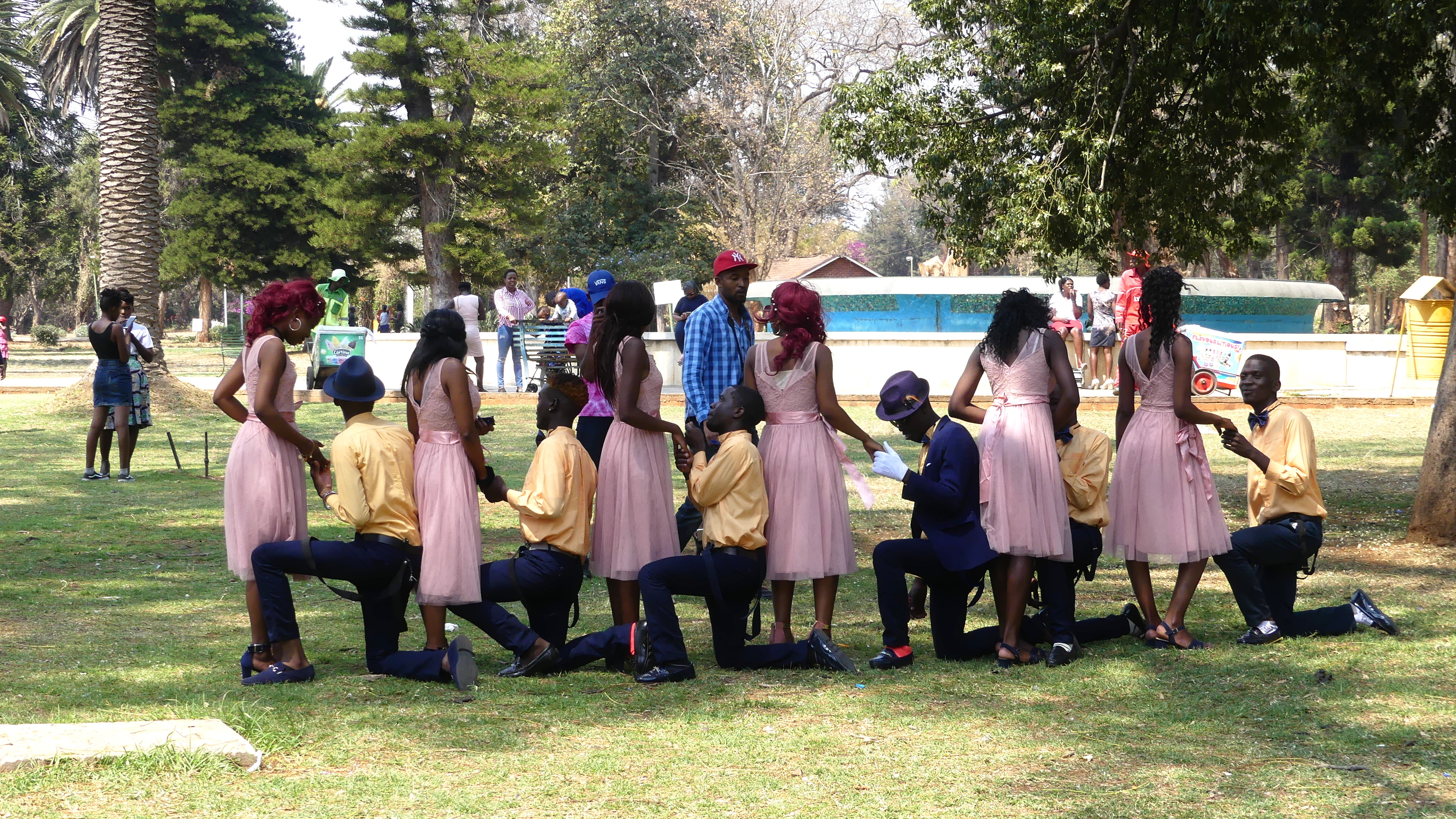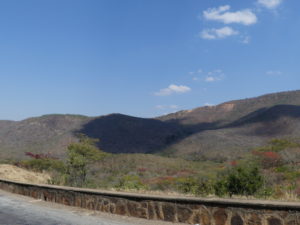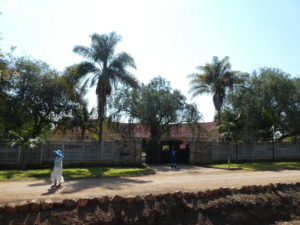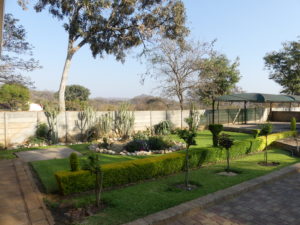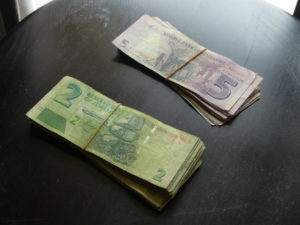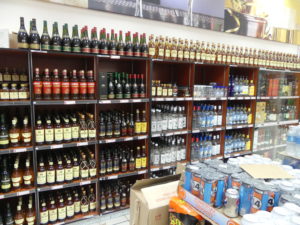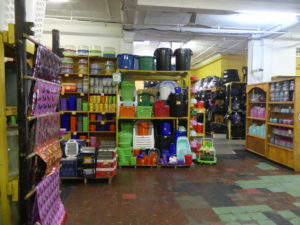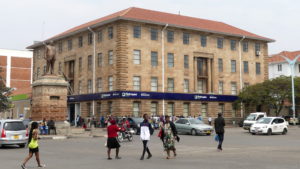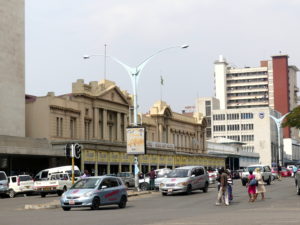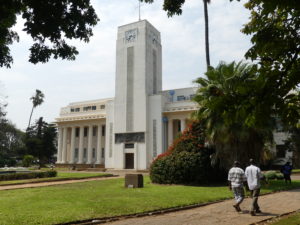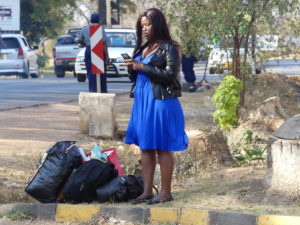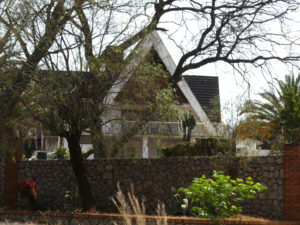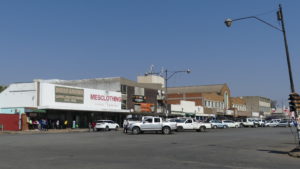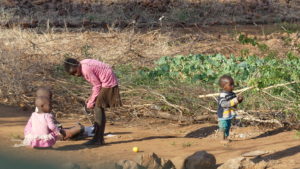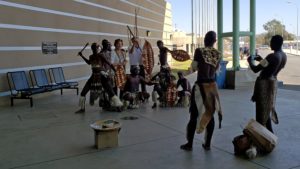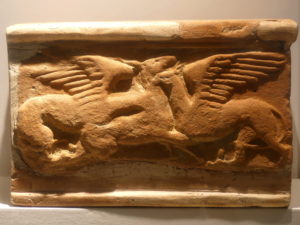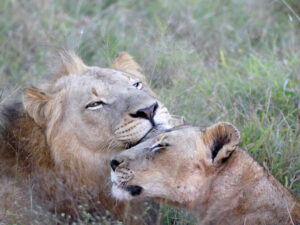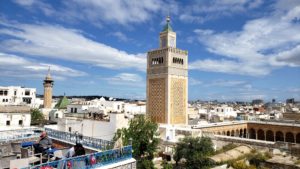In brief: For months, we wrestled with the viability and safety of visiting Zimbabwe. We went…and we were both pleasantly surprised at what we found and also encouraged by its people’s resilience.
Go or No go? The headlines about Zimbabwe had been so bad – political and social unrest, poor governance, yet another currency reboot, barely any electric power in the capital, and no fuel to purchase. So we nearly chose not to cross the border for our planned three weeks there. In the end, we worked out a set of contingency plans…and did it.
We were very pleasantly surprised.
The actual conditions in the country – well maintained cities, fully stocked stores, robust local food markets, plenty of the diesel fuel we needed, few signs of dire poverty – often seemed better than in a few other southern African countries we visited.
Sadly, before the long-ruling Mugabe and his cohorts upended the economy, Zimbabwe’s farmers supplied other countries with bountiful crops on its fertile broad plains – including tobacco, oranges and other fresh produce, corn and wheat. Now, though the landscape is often striking, too much land is barren or consists of inefficient small plots.
Yet, the more we saw of the daily hassles and inefficiencies here, the more we were impressed with how well Zimbabweans dealt with them. The middle class, we observed, has hunkered down trying to keep its businesses or jobs going till a brighter day appears.
Here are some snapshots of the conditions and people we found…
Heading south to the Great Zimbabwe ruins from Lake Kariba, we stayed for a night in a pleasant B&B. This is the landscaping on their property in a charming neighborhood of a small town. The very gracious hosts were a middle class professional couple making just enough money on the hotel despite a drop-off in tourism due to the threatening headlines and ongoing challenges within the country. They did keep one of their accounting jobs though, just in case.
Use of paper money in Zimbabwe has been chaotic for quite a while, except when the US Dollar was the main currency. As we arrived, however, the government was requiring use of the newish version of Zimbabwe Bond. But we couldn’t exchange dollars for Bond officially. So we found someone to help us convert about 250 US Dollars to Bond at somewhat less than the official exchange rate. And then, in a country that once issued paper bills in Billion and Trillion Bond denominations during its worst inflationary period, the only paper cash units available were 2s and 5s (the equivalent of 20 and 50 cents). Our 2000 in Bond comprised 650 bills, roughly 400 2s and 250 5s; they filled a grocery sack. Counting these out to pay a store bill was often a ludicrous and time consuming effort.
Well stocked stores and local hacks…The groceries and other stores like hardware shops were well stocked, as were liquor stores like this one, with plenty of branded goods such as Jameson and Gordons. Local produce markets and street stalls flourished, letting small farmers bring their yield to market. Buying at the formal stores was one way we could exchange US dollars for the local currency, Zimbabwe Bond, using a local hack. It was just one of the many ways we found people working around systematic deficiencies.
Someone at a store – whether a manager or needy individual (one of our helpers said he was a law student who needed US dollars for school expenses) – would offer to swipe their bank card to pay for the goods out of their accounts in Bond, and we would give them US Dollars at an agreed exchange rate.
Nonetheless, each swiping transaction was slow and inefficient, maybe 10 minutes or more per shopper, so the store could make sure the payment linkup worked. Private individuals like vendors were happy to accept US dollars, as an easier medium of exchange. In the bigger cities and national parks, we could use our credit cards as well. We even struggled by the end of the trip to dispose of those Zim Bonds we had obtained early on.
In addition to other currency hassles, locals were only allowed to withdraw 50 Bond per day (less than $5 USD), even if they had plenty of money in their accounts! Mid-morning, in Bulawayo in western Zimbabwe, a familiar long queue of supremely patient account holders still lines the walls of this vintage bank building.
Due to uncertain conditions in the capital of Harare, we skipped it. But Bulawayo, the other large city of the country, was a hope-filled surprise, despite sharing many of same inconveniences as the rest of Zimbabwe.
The bustling center of downtown Bulawayo, with many large and small stores from which the plentiful shoppers could choose.
While walking about, we were stopped by an older woman who asked us where we came from. We seemed to stand out amid the locals! We learned that she had emigrated from Zimbabwe decades earlier and was now a US citizen in Atlanta. She had returned for a few months to see family, including the talkative granddaughter carrying a number of shopping bags – and driving her about.
There are many vintage buildings in downtown Bulawayo. This Edwardian delight now houses a museum and arts center, including studios for local artists to work.
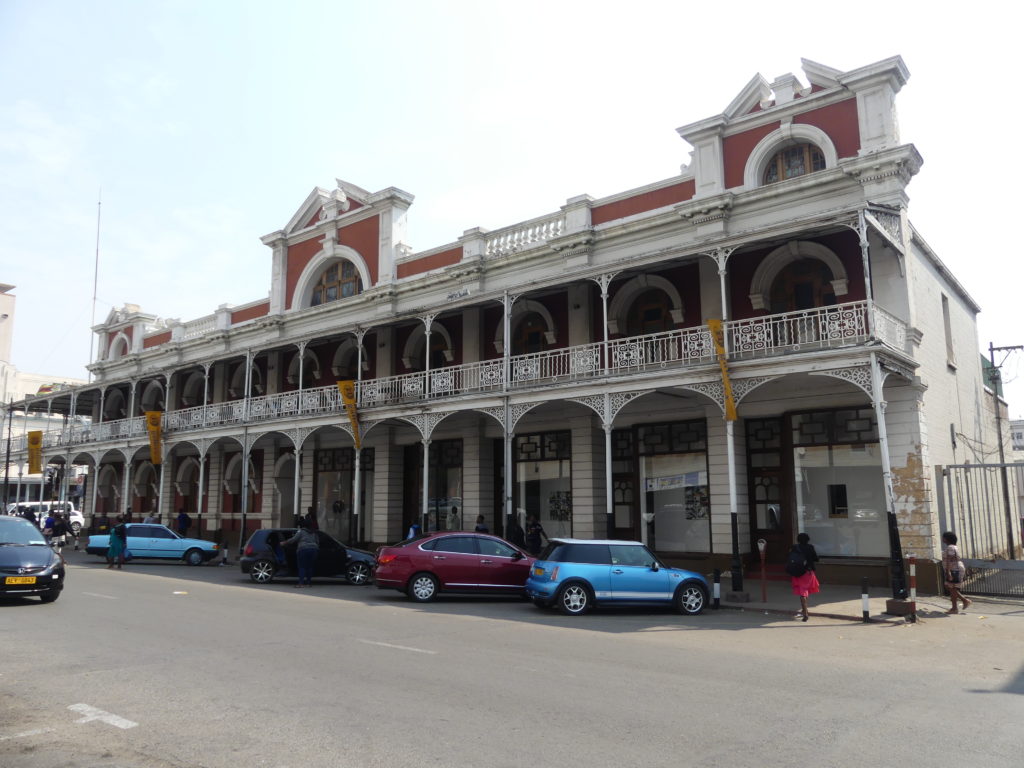
The moderne town hall of Bulawayo. Around the edge of this park, two walkways lined with benches and shaded by leafy trees accommodated hundreds of people, resting from shopping or enjoying conversation with a cool drink. We felt right at home.
This woman waits for a bus in colorful style, while staying in touch with someone on Zimbabwe’s very good mobile network. We had data service on remote back roads that the US system fails on.
Marriage ceremonies are much cheaper in groups. These smartly dressed couples are practicing their pledges in a park beforehand.
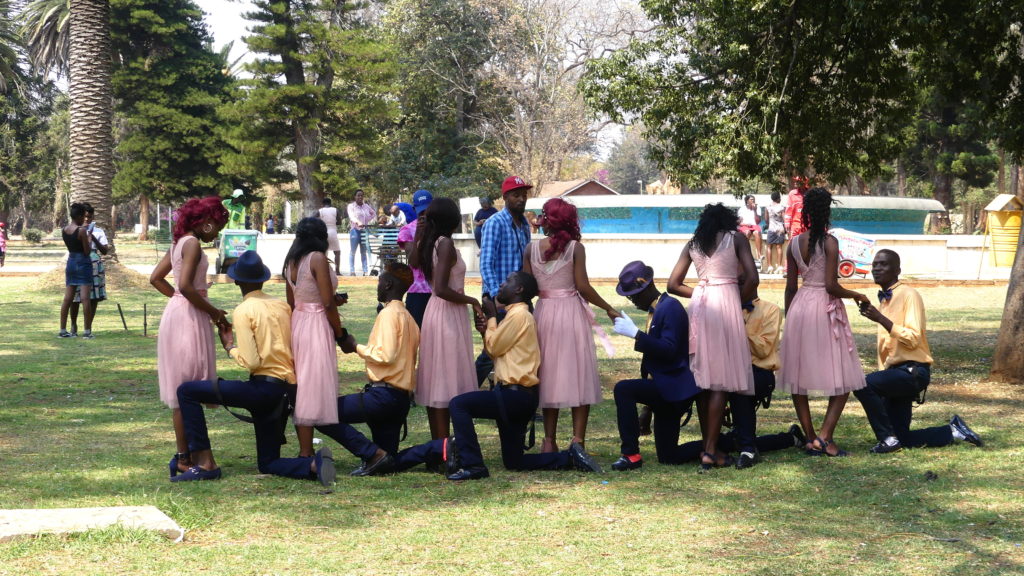
More typical than you would ever expect in Zimbabwe, charming older homes like these in extended city suburbs are generally well maintained.
Cars and shoppers still buy plenty of goods on the small town main street of Masvingo in eastern Zimbabwe.
These children were playing in a large lot outside a small, somewhat ramshackle house. The lot must once have held a sizable suburban home like the well manicured B&B we stayed in next door to them. The children didn’t have much to play with, including the lemon on the ground, but were neatly dressed and seemed to be entertaining themselves quite well. They were among the poorest of the people we saw, but far from destitute.
Many village women wear colorful wraps that remind one of the past, but most locals have adopted some form of western dress. Just outside the airport terminal, this group of Zimbabweans earned some money from tourists wanting a photo with a warrior tribe. CDs of these tribal songs cost extra.
(To enlarge any picture above, click on it. Also, for more pictures from Zimbabwe, CLICK HERE to view the slideshow at the end of the itinerary page.)


